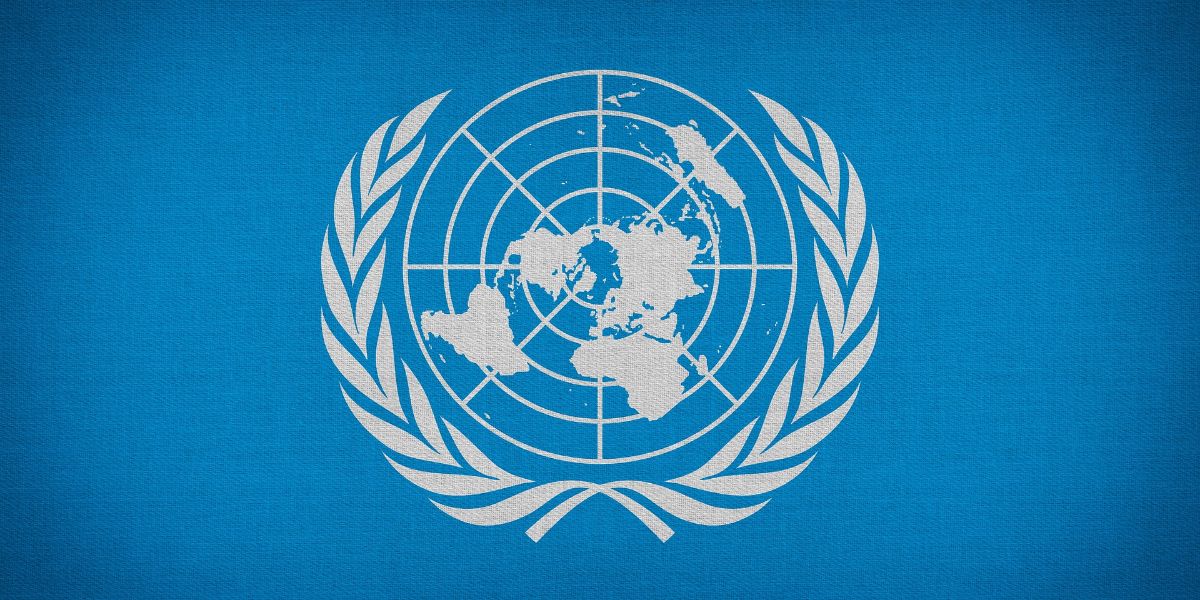The UN Tax Committee’s Transfer Pricing Subcommittee released the unedited version of the Transfer Pricing Compliance Toolkit and the unedited version of the Interstitial Guidance on Transfer Pricing. Both guidelines address the economic challenges posed by the COVID-19 pandemic.
Transfer pricing compliance assurance
This Toolkit is intended to provide tools and examples of good practices to support efficient and effective transfer pricing compliance assurance, emphasising the priorities and needs of developing and capacity constrained countries.
As such, it is aimed primarily at tax administrations of developing countries with transfer pricing rules. It also assumes that the country’s corporate income tax system is based mainly on self-assessment, with audits and assessments carried out by the tax administration only in certain circumstances.
This Toolkit discusses the development of an end-to-end transfer pricing compliance assurance programme, encompassing population and individual taxpayer-level risk assessment and comprehensive audits or examinations.
The Toolkit also encourages alignment and exchange of good practices in transfer pricing risk assessment and audit to reduce transfer pricing disputes, which can be costly and time-consuming for all parties.
This toolkit aims to provide guidance, examples, and options tailored to the priorities and needs of developing country tax administrations to develop their own end-to-end processes for compliance assurance on transfer pricing.
Interstitial guidance on transfer pricing during the COVID-19 economic downturn
The COVID-19 pandemic has had far-reaching economic consequences with characteristics that are different from other economic downturns. The aim of the current guidance is to provide a principle-based analysis, including practical examples, to investigate the impact of the economic downturn caused by the COVID-19 pandemic on TP and identify possible solutions that could be adopted by developing countries.
The guidance also highlights that any TP analysis should follow the analytical framework outlined in the UN TP Manual during economic downturns. It should be read in conjunction with the UN TP Manual.
This guidance outlines the application of the arm’s length principle by the UN Transfer Pricing Manual, complemented by practical examples.
The examples focus on:
- Accurate delineation and recognition of the actual controlled transaction between associated enterprises, as well as functional analysis;
- The selection and application of the most appropriate transfer pricing methods;
- Effective methods for avoiding and resolving disputes during the COVID-19 economic downturn;
- Potential protocols for improving standardisation and simplification practices that have the potential to benefit taxpayers and provide greater tax certainty in uncertain economic downturns such as COVID-19.













